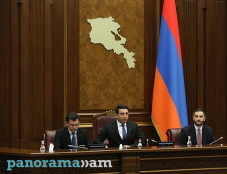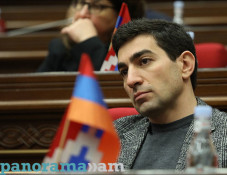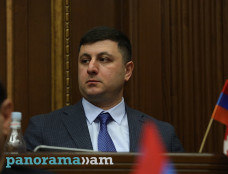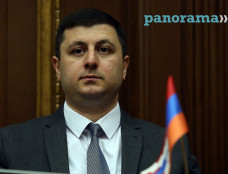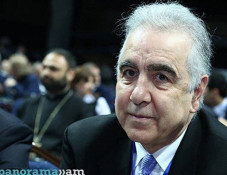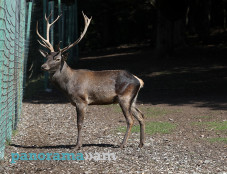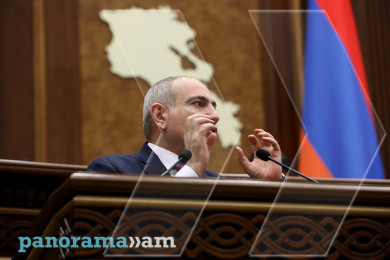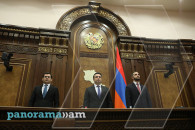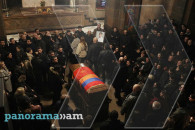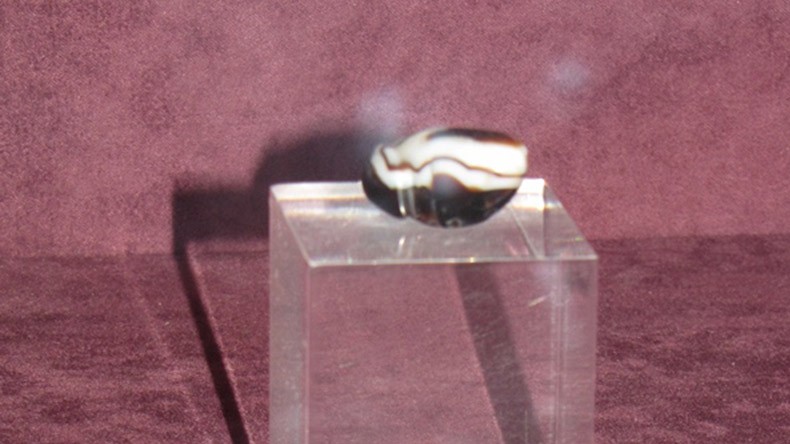
Metsamor today is a monument of highest standards in the Middle East. Archaeologist
"Metsamor" historical-archeological museum exhibition presents the part of the archaeological finds discovered during excavations in ancient sites of Metsamor in 1960- 2014. There are 28000 exhibits in the reservation-museum, 10000 of which are presented. Most of the exhibits were discovered during the excavations by Metsamor devotees, archaeologists Emma Khanzadyan and Koryun Mkrtchyan. This information is provided by the “Service for the Protection of Historical Environment and Cultural Museum-Reservations” NCSO’s official website.
The excavations were conducted in 2010-2015. Ashot Piliposyan, co-leader of the Polish expedition, Deputy Director in the field of scientific activities of the “Service for the Protection of Historical Environment and Cultural Museum-Reservations” NCSO, states that Metsamor today is a monument of the highest standards in the Middle East. He notes that on the first and second floors there are exhibits found in the castle and in the tomb, which are dated back to the early Bronze Age till the late Middle Ages. There is a special repository on the cellar floor, where are presented gold, silver, amber, semi-precious stones, unique cultural values made of paste from the BC III-I millennia. In one special repository there is a unique and valuable find discovered in the excavation tomb, a statuette of frog with dark brown and white colors made from sardonyx stone.
All along its body it has the horizontal borer for a string of beads or a necklace. The statuette delivers important information, particularly for the restoration of the details on the transit trade of gold during XVI-XV centuries in the Middle East. The Akkadian cuneiform record written in the Babylonian writing style, made on the back, legs and abdomen of the frog says “This is Ulam- Buariashi, Burn-Buariash son’s first record”. It is about the successive rulers of the ancient Babylon from the end of the BC XVI century till the first part of the BC XV century. "Weight unit (1 shekel) investigators (I.Dyakonov, G. Sargsyan, E.Khanzadyan) assume that the frog statuette's hanging weighs 8.64 g, which corresponds to the Mesopotamian 1 shekel (sikl) "-said the archaeologist.
Newsfeed
Videos






